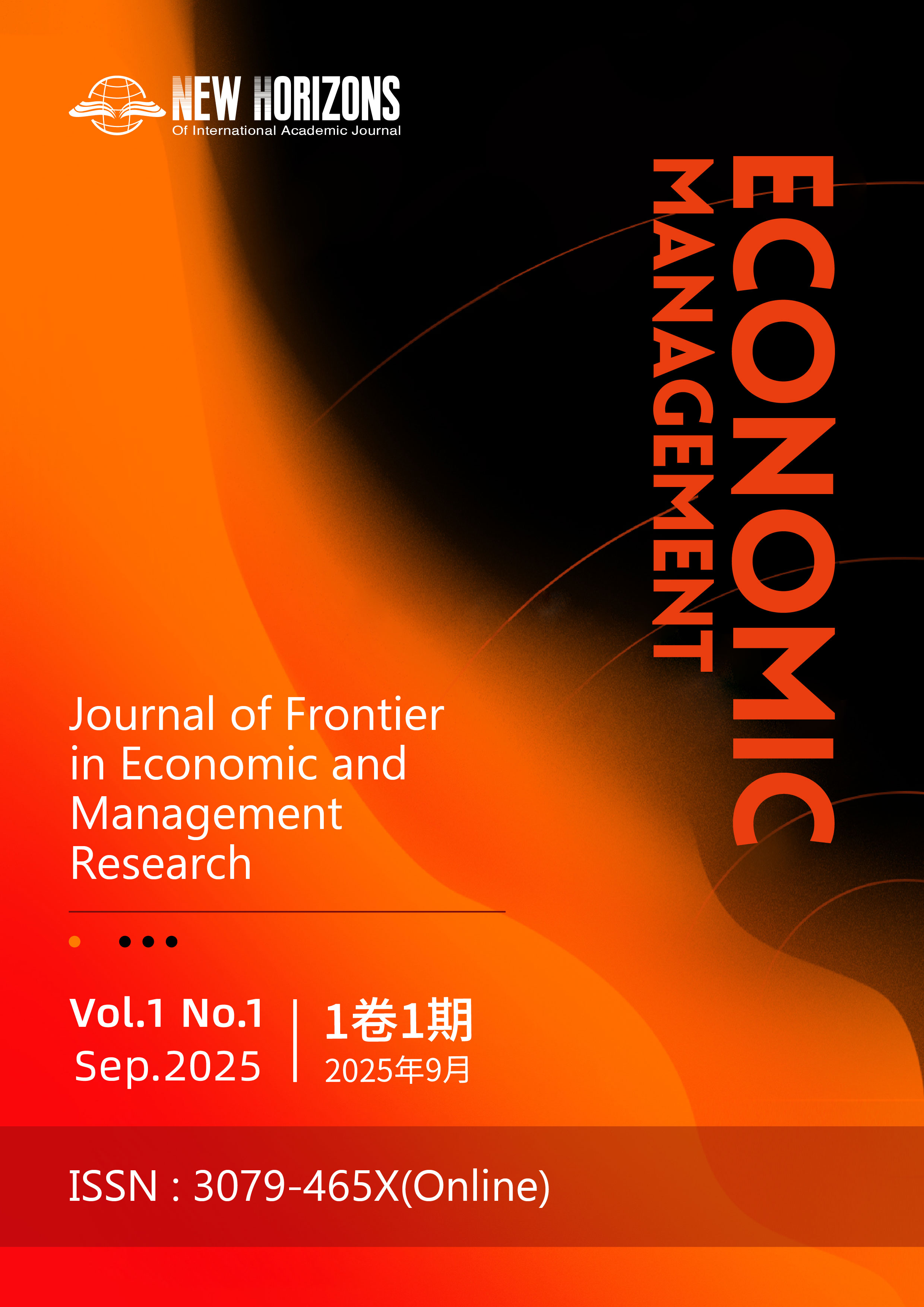Audit Risk Evaluation of the Medical CRO Industry: A Method Combining Entropy Weight-TOPSIS and Grey Relational Degree
DOI:
https://doi.org/10.63944/qsk.JFEMRKeywords:
Entropy Weight-TOPSIS Method; Grey Relational Analysis Method; Material Misstatement Risk; Financial Risks of CompanyAbstract
Under the modern risk-oriented audit, a reasonable evaluation of material misstatement risk is crucial for certified public accountants to determine the level of materiality and implement further substantive procedures. This paper proposes a material misstatement risk assessment model based on the combined use of entropy weight-TOPSIS and grey relational analysis methods and evaluates the material misstatement risk in China's Medical CRO Industry by quantitative means. Taking the medical CRO industry as an example, this paper selects some case companies in the industry for horizontal comparison, and at the same time conducts a multi-year data comparison on the enterprise with the highest audit risk among them. The results show that Bio-Sincerity Pharmaceutical is an enterprise with relatively high audit risk in the Medical CRO Industry in recent years, and the calculation results of the model are basically consistent with the actual analysis. To effectively prevent financial risks and audit risks, financial personnel should participate in business management, analysis and budgeting, and auditors should also focus on audit segments such as dynamic cash flow, debt structure, and business contracts and debt management in combination with the characteristics of the Medical CRO Industry, so as to effectively reduce the risk of audit misstatements.
References
[1]Molgedey, L., & Ebeling, W. (2000). Local order, entropy and predictability of financial time series. European Physical Journal B: Condensed Matter and Complex Systems, 15(4), 733–737. https://doi.org/10.1007/s100510051178 DOI: https://doi.org/10.1007/s100510051178
[2]Hsieh, T., & Wang, M. H.-L. (2001). Finding critical financial ratios for Taiwan region’ s property development firms in recession. Logistics Information Management, 14(5/6), 401–413. https://doi.org/10.1108/EUM0000000006252 DOI: https://doi.org/10.1108/EUM0000000006252
[3]Deng, H., Yeh, C.-H., & Willis, R. J. (2000). Inter-company comparison using modified TOPSIS with objective weights. Computers & Operations Research, 27(10), 963–973. https://doi.org/10.1016/S0305-0548(99)00069-6 DOI: https://doi.org/10.1016/S0305-0548(99)00069-6
[4]Aydogan, E. K. (2011). Performance measurement model for turkish aviation firms using the rough-AHP and TOPSIS methods under fuzzy environment. Expert Systems with Applications, 38(4), 3992–3998. https://doi.org/10.1016/j.eswa.2010.09.060 DOI: https://doi.org/10.1016/j.eswa.2010.09.060
[5]Zhang, S., Liu, S., Fang, Z., Zhang, Q., & Zhang, J. (2022). Generalized grey information entropy weight TOPSIS model for financial performance evaluation considering differentiation. Kybernetes, 52(11), 5412–5426. https://doi.org/10.1108/K-03-2022-0418 DOI: https://doi.org/10.1108/K-03-2022-0418
[6]Özkurt Çokgüngör, H. (2024). Performance appraisal of iron and steel enterprises listed on BIST: An ENTROPY-based TOPSIS approach. Journal of Corporate Governance, Insurance, and Risk Management, 11(3), 168–179. https://doi.org/10.56578/jcgirm110303 DOI: https://doi.org/10.56578/jcgirm110303
[7]Yan, X., & Wu, Y. (2020). Financial risk assessment based on entropy weight topsis method: Take the internet insurance industry as an example. Journal of Simulation, 8(6), 7–15.
[8]Xianhuan, H., Qiusheng, W., & Yao, W. (2018). Financial asset allocation and financial risks of enterprises:“precautions” or “bartering”. Journal of Finance and Economics, 44(12), Article 12. https://doi.org/10.16538/j.cnki.jfe.2018.12.008
[9]Li, H., & Song, Y. (2020). Dynamic financial early warning model based on time-dependent cox regression and empirical study. Operations Research and Management Science, 29(8), 177. https://doi.org/10.12005/orms.2020.0214
[10]Xu, K., Zhao, Q., & Bao, X. (2015). Study on early warning of enterprise financial distress—Based on partial least-squares logistic regression. https://doi.org/10.1556/032.65.2015.s2.2 DOI: https://doi.org/10.1556/032.65.2015.s2.2
Downloads
Published
Issue
Section
License
Copyright (c) 2025 Journal of Frontier in Economic and Management Research

This work is licensed under a Creative Commons Attribution 4.0 International License.









